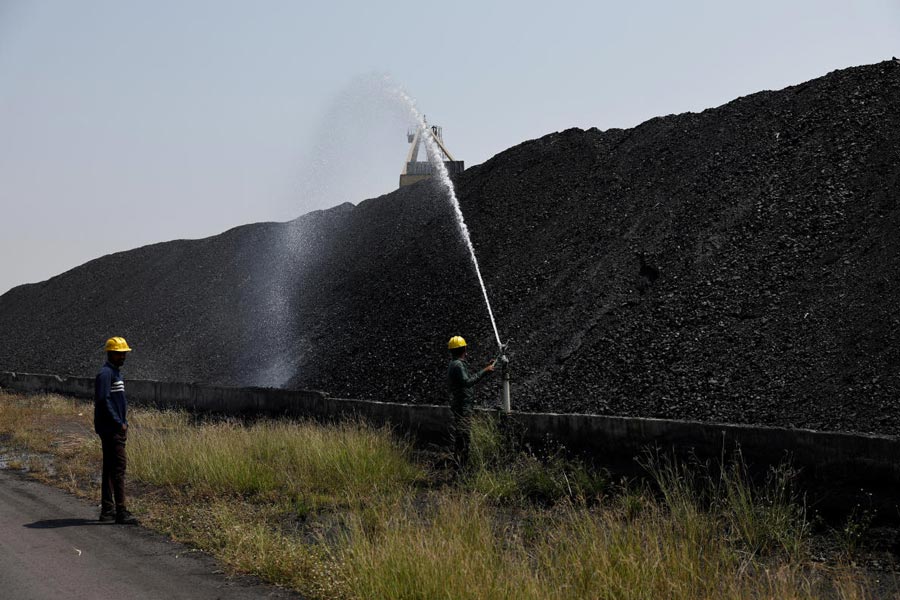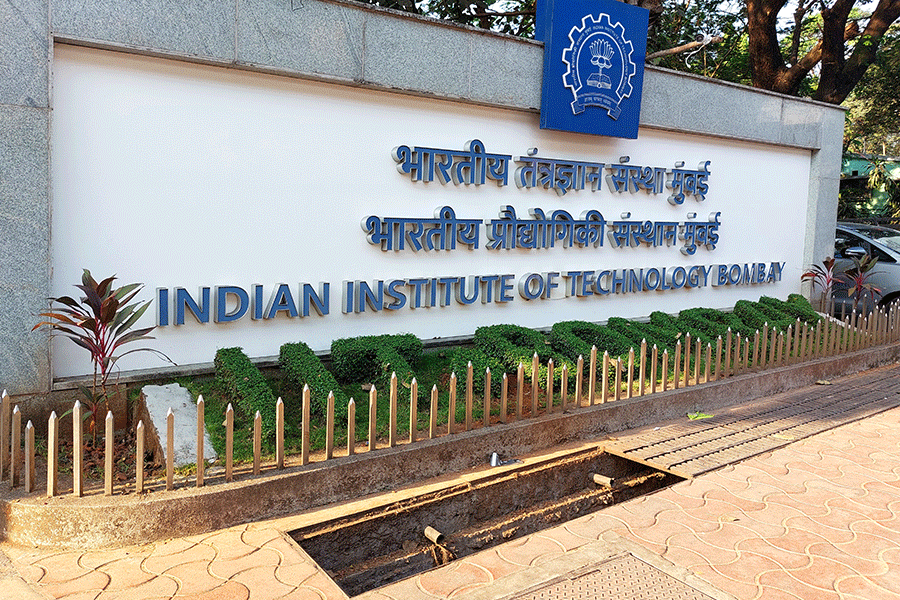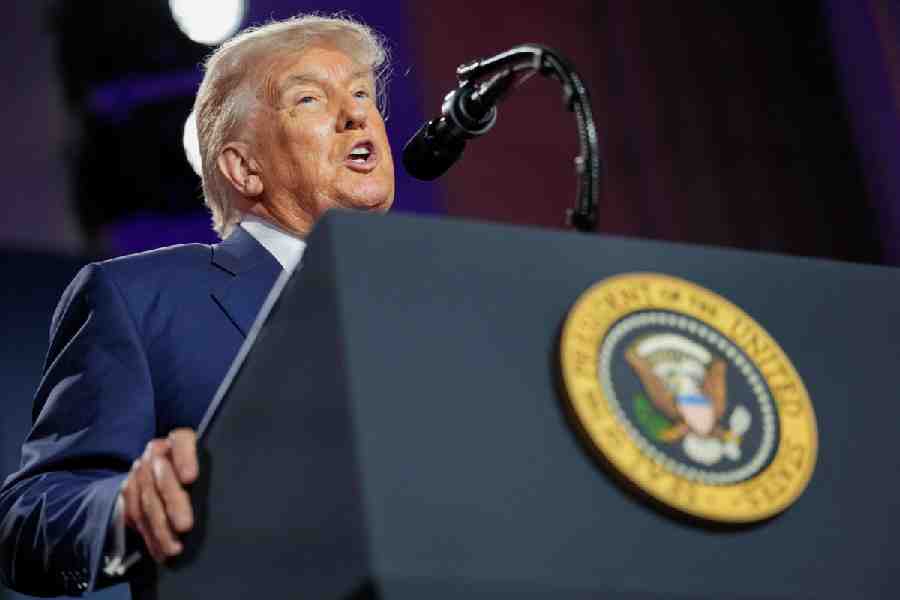Another new question for the GK class: “What is the national river of India, children?” “The Ganga!” the class will pipe back, looking bright-eyed with piety and environmental consciousness. It is difficult to figure out why such a banal, anodyne and cosmetic form of nationalism as declaring a “national river” should come from the office of a prime minister whose educatedness is expected to lend to governance an element of intellectual distinction. It is not the job of the State to endorse and align itself with specific forms of belief and practice prevalent in a diverse nation like India. To declare that a particular river has a “special place” in the “hearts and minds of all Indians”, and then to found a whole policy of river management and conservation on such “an emotional link”, is to risk both mindlessness and prejudice. India has several major river systems, each with its own cultural traditions. Each needs modern, scientific attention from people who are trained to plan and execute such projects. So, to single out the Ganga and turn it into a national icon — like the lotus, peacock and tiger — reduces governance to mythmaking. The prime minister’s office should be the last place for such an activity.
There is no reason why the Ganga has to be called the national river before the government sits up to the need for a “model for river cleansing through new institutional mechanism (sic)”, as the PMO release puts it. And again, why just the Ganga? The projected Ganga River Basin Authority, which follows from the expression of these sentiments, sounds like yet another excuse for political and bureaucratic meddling. And the timing of the declaration, months before the general election, seems to be determined by motives that go beyond environmental concern. The government should strictly dissociate itself from riverine metaphysics, and regard the business of saving all rivers in concrete and scientific terms.










